Over the course of this global period of isolation, the things we value come into sharper focus. For movie fans, the thing most missed is the experience of seeing a new film on the big screen, making the upcoming blockbusters that await us when society returns to a new normal all the more enticing.
However, looking at what’s to come, an interesting trend seems to appear – Wonder Woman 1984, Bill & Ted Face the Music, Top Gun: Maverick, Coming 2 America… so many of the new films heading our way have been inspired in one way or another by the 1980s. It’s not a new phenomenon, as both film and TV have drawn inspiration from the neon-soaked decade for years now, but it begs the question: Why the fascination with the cinema of 30 years ago?
This isn’t a passing trend. A look to the movies of 2021 will reveal a similar influence; films like Ghostbusters: Afterlife, horror sequel Halloween Kills, and the in-development Masters of the Universe are all follow-ons or remakes of franchises that found their peak of popularity in the ‘80s. The last decade has seen a number of movies revived, remade or rebooted for a new audience, leaning heavily on the nostalgia of the past. Since 2010, we’ve had Clash of the Titans, The Thing, The Karate Kid, Blade Runner: 2049, Tron: Legacy, Robocop, Wall Street: Money Never Sleeps, Mad Max: Fury Road, a new Ghostbusters, two Terminator films, and three Transformers movies – to name but a few! Certain movies have been protected from the trend, viewed as too important to be remade or rebooted, but such films still feature every summer in outdoor screenings or classic movie seasons.
An easy answer is that the American movie business thrives on the safe and familiar. Most of the successful films of the last 10 years have been based on something people had heard of already, and the 1980s spawned so many famous titles that studios could not resist revisiting. But why this decade in particular? Many audience members will not remember the ‘80s well, or perhaps not even have been born. Why is this era such a constant source of inspiration?
A Decade Of Classics
It’s fascinating to see how many timeless classics were crammed into just 10 years. Indiana Jones, Back to the Future, Dirty Dancing, E.T., Die Hard, The Breakfast Club, The Goonies, A Nightmare on Elm Street… pick a genre, and you’ll find a movie that in some way redefined it. The summer blockbuster had been ‘invented’ in the late ‘70s with Jaws and Star Wars, but it became an art form in the ‘80s with movies that felt like events. It was a glorious midway point between the cinema of old and new – practical makeup and special effects had evolved to astonishing levels, while computer effects were beginning to crop up in new and exciting ways.
In front of the camera, we had the rise of a new generation of movie stars such as Tom Cruise, Arnold Schwarzenegger and Julia Roberts, actors who seemed like they were from another world while also being relatable to millions. Behind the camera, Steven Spielberg was coming into his prime, redefining what it meant to go to the movies. There was also the rise of filmmakers like John Hughes, James Cameron, Spike Lee, Tim Burton, Sam Raimi and Kathryn Bigelow. A perfect storm of talent coming together to create unforgettable stories.
Combined with all this was a need to take risks. American culture changed significantly in the ‘80s, with a renewed sense of power and optimism. Cinema reflected that on screen, and couldn’t afford to call upon classics of the past. Studios had to take a chance on making new hits, appealing to a new generation that didn’t look to the past, but revelled in the present. The possibilities of cinema seemed to change every week, which gave filmmakers new avenues to pursue now that doors were being opened. The sophistication of special effects could give the Terminator a bionic hand, or make a Marshmallow Man terrorise Manhattan. A new wave of popular music could add excitement to Tom Cruise’s missions in Top Gun, give Rocky “The Eye of the Tiger”, or pair Jack Nicholson’s Joker with a Prince soundtrack.
Inspiration fired from every corner, and its impact can still be felt today. Filmmakers such as JJ Abrams (Star Wars: The Force Awakens) and the Safdie Brothers (Uncut Gems, Good Time) point to cinema of the 1980s as the birth of their love of cinema, and their work echoes the aesthetics of the time. It is also evident in the ways that the period provides the setting for modern movies and TV shows. Netflix’s Stranger Things and GLOW became worldwide hits by looking and feeling like lost series ripped straight out of that era. Todd Phillips’ Joker reinvented the comic book movie last October by basing the Clown Prince of Crime’s origins in the ‘80s (30 years after Tim Burton’s Batman shook up the genre). Studio movies Thor: Ragnarok and X-Men: Apocalypse relied on high hair and old hits to bring in the box office dollars.
Escape Through Nostalgia
On our side of the screen, there’s something deeper at play when we look at why this era is so appealing. It’s arguable that the first 20 years of the new millennium have been somewhat tumultuous. For every stride forward in technology and social justice, there is a world event that seems to change everything indefinitely. Art often provides a way of escaping that, of looking back to a time when things didn’t seem so complicated, even if we are only looking back at an idealised version of the past. For many, the ‘80s is the perfect fit for that kind of nostalgia. Those over a certain age will identify with the time from their childhood, bringing back pleasant memories of the past. Those who are younger will see a time that is somewhat like theirs, but simpler. Characters have computer games and TV, but no endless stream of social media. People talk on the phone, but one attached to a wall instead of constantly in their hand. Familiar enough to relate to, but far enough away to not touch the problems of the present.
“Nostalgia is denial – denial of the painful present,” declares John (Kurt Fuller), a character in the 2011 comedy Midnight in Paris, a movie that deals with the idea that every generation believes the past was better. It’s an idea that holds true in cinema over the years. The ‘50s was the ‘Golden Age of the Western’, where an increasingly industrialised world looked back to the frontier. The 1960s looked to the heroism of World War II for many hits, with veteran parents and the children who had grown up with their stories bonding over movies like The Great Escape or Where Eagles Dare. For all of its cultural evolution, even the ‘80s yearned for another period. Stand By Me, The Outsiders and of course Back to the Future all brought the 1950s back to life, giving a nostalgic hit to the middle-aged audience members of the time, while also introducing it to a new generation who embraced much of the period’s fashion.
Whether Hollywood’s current 1980s throwback is down to a lack of new ideas, a wave of nostalgia or a combination of both, the decade gave birth to a number of movies that have remained in our hearts ever since. As younger generations are introduced both as viewers and stars (Top Gun: Maverick and Ghostbusters: Afterlife both feature the offspring of the original characters), that bridge over time doesn’t seem to be closing any time soon.

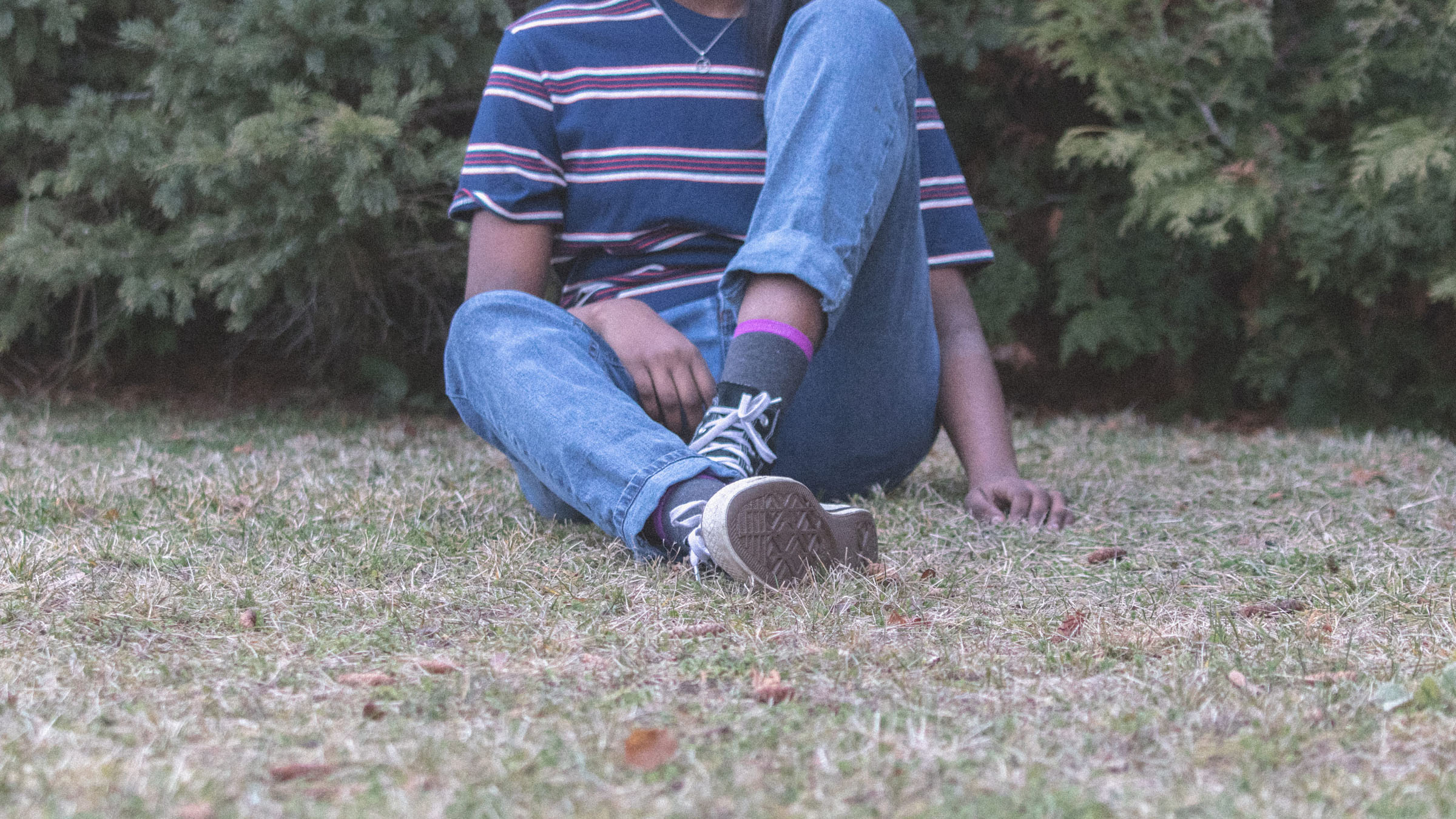



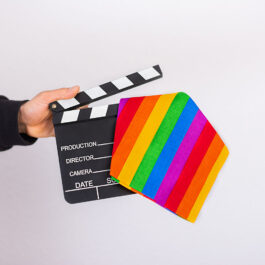
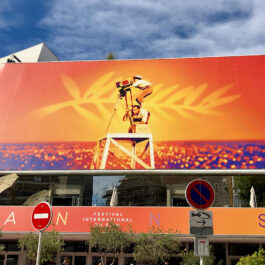

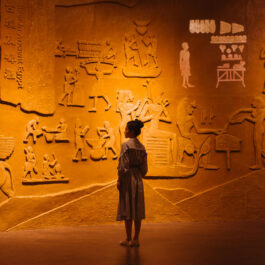
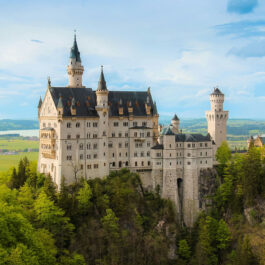
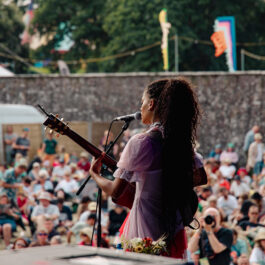

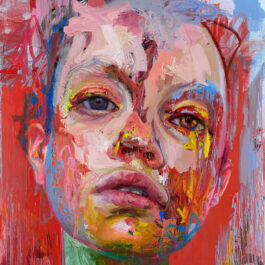

Sorry, the comment form is closed at this time.